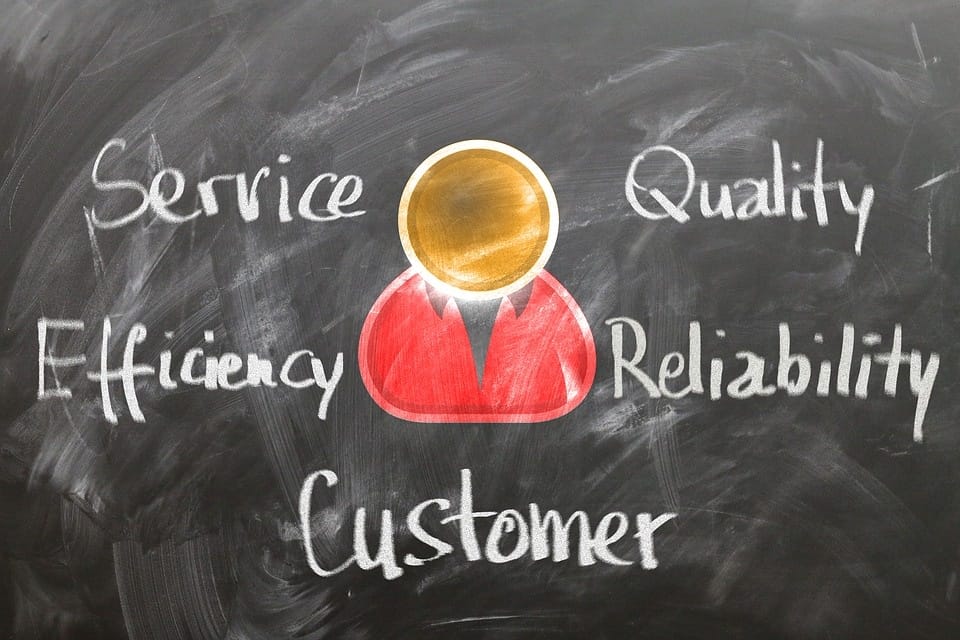Customer Service: Bespoke or Standard?

Both.
Your clients want to feel that you take the time to understand them and their specific needs, but they also need consistency in dealing with you. They need to know who to contact and how, when to expect a response, and they have to have confidence that you can solve their problem or address their concern.
Standardized Service
Make it simple for your clients to contact you. Let them know the best method of communication and what information they should have ready.
Make it simple for your team to respond. Let them know what decisions they can make and where they can access additional information they might need to serve clients.
Be explicit about how quickly you expect people to respond and in what manner, and ensure they have the tools they need to address client questions. This means having standard templates of communication ready as well, so employees are not re-inventing messages and responses every time they are composing an email or preparing for a phone call.
Bespoke Experience
Allow your employees to give each client the experience they need. The people on the “front lines”, so to speak, are the ones who will learn the preferences of each client. Give them the parameters of delivery to maintain service standards, and the freedom of action to tailor the experience.
As a simple example: if you have a policy of always following up a complaint with a phone call, but there is a client who hates being interrupted by phone calls, then review the policy: why is a phone call important? Is the act of telephoning or the importance of the follow up? If the former, allow the service representative to schedule the call at a time of convenience to the customer. If the latter, perhaps the client will be happier with an email or text follow up instead.
Systems versus Outcomes
When training on your systems remember to always explain why things are done a certain way. This will give your employees the freedom to adapt as required without betraying the underlying standard of service and outcome.
The more your team know that they can adapt to circumstance, the better they can serve your clients and the happier those clients will be.